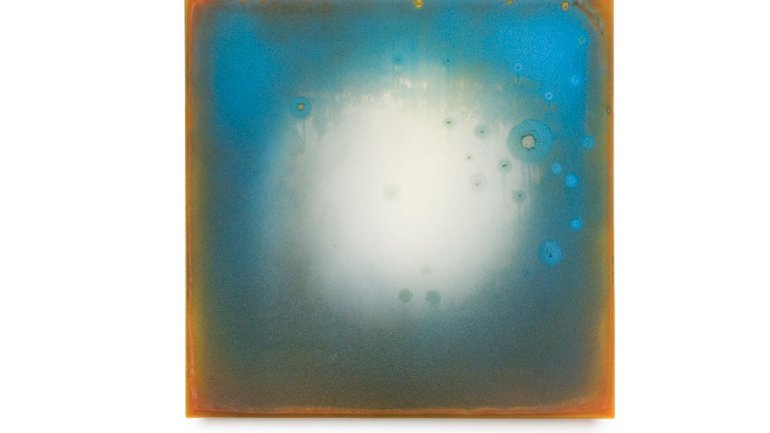Pretty Poison
Pretty Poison
For Ted Sawyer, the often facile beauty of his medium is misleading.
“There are many biases about what glass should be,” says the artist: “shiny, smooth, transparent, bright.” Sawyer is interested in more complex, challenging kinds of beauty.
“I may find beauty in the stain on a concrete wall,” he says, or “the misspelled word, the scar.” Imperfection, blight, distortion: These are Sawyer’s raw materials.
To cultivate what he terms the “rougher aspects” of glass, Sawyer, who lives in Portland, Oregon, applies colored glass powders to clear sheets of glass and fires them in a kiln, usually many times. The result: panels with pitted, discolored, and distressed surfaces.
None of These represents the beauty associated with pollution. Who hasn’t wondered at a gorgeous sunset in an urban area, knowing the role of toxic particles in the air? The piece “represents the sense of melancholy and a tension in seeing something beautiful that is also harmful,” Sawyer says. It’s a reminder that beauty is seldom a simple thing.

